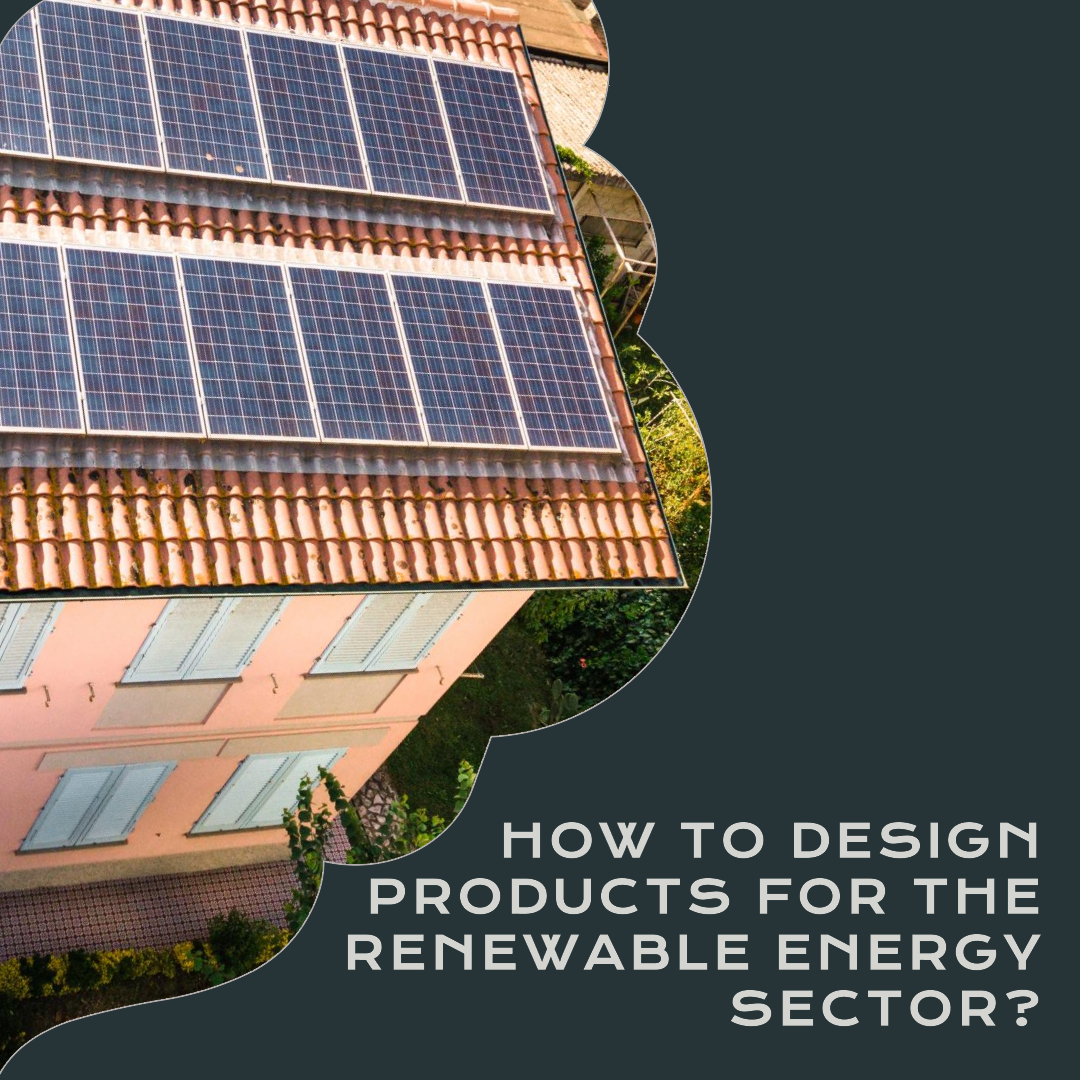How to design for eco-friendly and sustainable products?
Introduction
Climate change is one of the most pressing challenges facing our planet today. As consumers, we can all play a role in reducing our environmental impact by choosing to buy eco-friendly and sustainable products. But what does it mean to design a product that is truly eco-friendly and sustainable?
In this blog post, we will explore the key principles of eco-friendly and sustainable product design. We will also provide tips and examples of how to design products that are good for the environment and good for your business.
What is eco-friendly and sustainable product design?
Eco-friendly and sustainable product design is the process of creating products that have a minimal impact on the environment throughout their entire life cycle. This includes considering the environmental impact of the product’s raw materials, manufacturing process, packaging, transportation, use, and disposal.
The principles of eco-friendly and sustainable product design
There are a number of key principles that underpin eco-friendly and sustainable product design. These principles include:
- Using sustainable materials: This means using materials that are renewable, recycled, or biodegradable.
- Minimizing material use: This involves designing products that use as little material as possible, without sacrificing quality or performance.
- Design for durability: This means designing products that are long-lasting and easy to repair.
- Design for recyclability: This means designing products that can be easily disassembled and recycled at the end of their life cycle.
- Energy efficiency: This means designing products that use energy efficiently throughout their life cycle.
- Reducing pollution: This means designing products that minimize pollution during their manufacture, use, and disposal.
How to design for eco-friendly and sustainable products
There are a number of things that product designers can do to design for eco-friendly and sustainable products. Here are a few tips:
- Consider the entire life cycle of the product. When designing a new product, it is important to consider the environmental impact of the product at every stage of its life cycle, from raw materials extraction to disposal. This will help you to identify opportunities to reduce the product’s environmental impact.
- Use sustainable materials. There are a wide range of sustainable materials available to product designers today. These materials include recycled materials, renewable materials, and biodegradable materials. When choosing materials for your product, consider their environmental impact and their suitability for the intended use of the product.
- Minimize material use. One of the best ways to reduce the environmental impact of a product is to minimize the amount of material used in its manufacture. This can be done by using efficient design techniques and by choosing lightweight materials.
- Design for durability. Durable products last longer, which means that they do not need to be replaced as often. This reduces the demand for new materials and the amount of waste generated. When designing a product, consider its durability and make it easy to repair.
- Design for recyclability. Designing products for recyclability makes it easier for consumers to recycle them at the end of their life cycle. This reduces the amount of waste that goes to landfill. When designing a product, consider the materials used and how the product can be easily disassembled for recycling.
- Improve energy efficiency. Energy-efficient products use less energy during their operation. This reduces greenhouse gas emissions and saves consumers money on their energy bills. When designing a product, consider its energy efficiency and look for ways to improve it.
- Reduce pollution. Product designers can also play a role in reducing pollution by choosing materials and processes that minimize pollution emissions. For example, designers can choose low-VOC paints and finishes, and they can design products that can be manufactured using renewable energy sources.
Examples of eco-friendly and sustainable products
There are a number of examples of eco-friendly and sustainable products on the market today. Here are a few examples:
- The Patagonia Better Sweater jacket: This jacket is made from recycled polyester and organic cotton. It is also designed to be durable and repairable.
- The Tesla Model 3: This electric car is one of the most energy-efficient vehicles on the market. It is also made from a number of sustainable materials, such as recycled aluminum and recycled plastic.
- The Fairphone 4: This smartphone is designed to be modular and repairable. This means that users can easily replace components that break, without having to buy a new phone.
Conclusion
Eco-friendly and sustainable product design is essential for creating a more sustainable future. By following the principles and tips outlined in this blog post, product designers can create products that are good for the environment and good for consumers.








